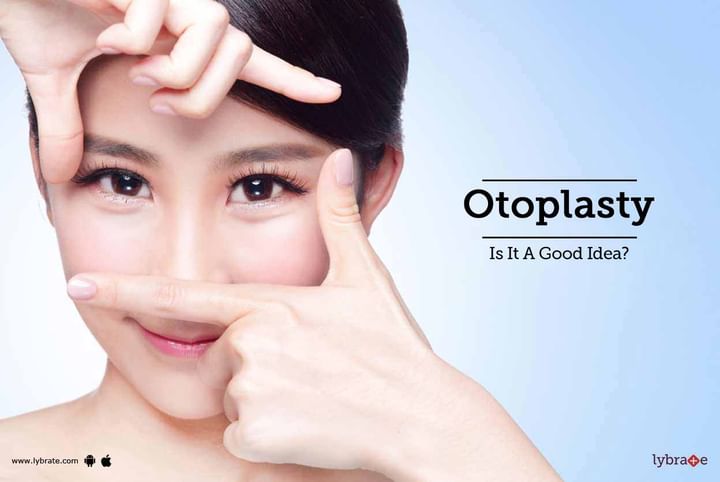Get the App
For Doctors
Login/Sign-up
Last Updated: Dec 26, 2019
BookMark
Report
Otoplasty: Is It A Good Idea?
Dr. Ajaya KashyapCosmetic/Plastic Surgeon • 43 Years Exp.American Board of Plastic Surgery, , American Board Of General Surgery, MS - Dermatology, M.B.B.S
Otoplasty is a Cosmetic Surgery which corrects the deformities or absence of the external ear. Otoplasty originated in ancient India during 800 BC.
When should you opt for an Otoplasty?
- Cagot Ear: This is a defect where there is no ear lobe attached to the ear.
- Cat’s Ear: In this condition the outer side of the ear is pulled forward. It gives the person a more feline appearance.
- Cauliflower Ear: This generally occurs when your ear looks like a cauliflower. This is also caused due to hematoma that occurs because of severe trauma. Cleft Earlobe: In this condition, there is a notch on the fleshy part of the earlobe and can be corrected by otoplasty.
- Constricted Ear: In this condition, some of the cartilage is discarded by surgery and a new one is reconstructed.
- Cryptotia: An incision is made and the upper part of the ear is exposed by contraction.
- Darwinian Ear: This occurs when the rim cartilage of the conchal bone (hollow next to the ear canal) is flat and not folded outwards. The term ‘Darwinian Ear’ is derived from the British biologist Charles Darwin.
- Lop Ear: People who have lop ear generally have a protruding ear with a central depression, producing a more ‘cup ear’ appearance. The helix is enlarged after surgery.
- Macrotia: In this situation the ear of the patient is very big as compared to his head. So the surgeon makes incisions on the lateral surface of the pinna (outer ear).
- Microtia: In this condition the pinna is extremely small and the whole ear seems much smaller.
- Question Mark Ear: This is a rare defect. There is an indentation between the cartilage and the ear lobe rim. This is also known as Cosman ear.
- Scroll Ear: The outer edge of the ear protrudes forward in such a condition. Stahl’s ear deformity: In this condition the outer skin and cartilage folds abnormally giving an ‘elf’ kind of appearance. Otoplasty is usually done to improve the appearance of the ear in severe cases and it is important to get a recommendation from more than one doctor or more than one ENT specialist before going forward with this procedure.



+1.svg)
